Japanese Luxury
Editor's Column “The Path of Japanese Crafts” Part2: Modern Society and Kogei VOL.4
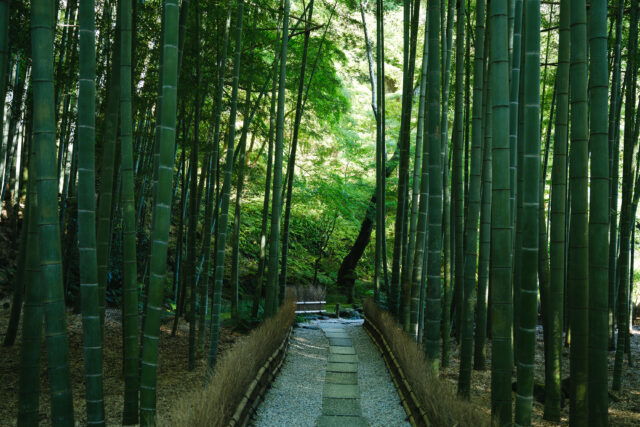
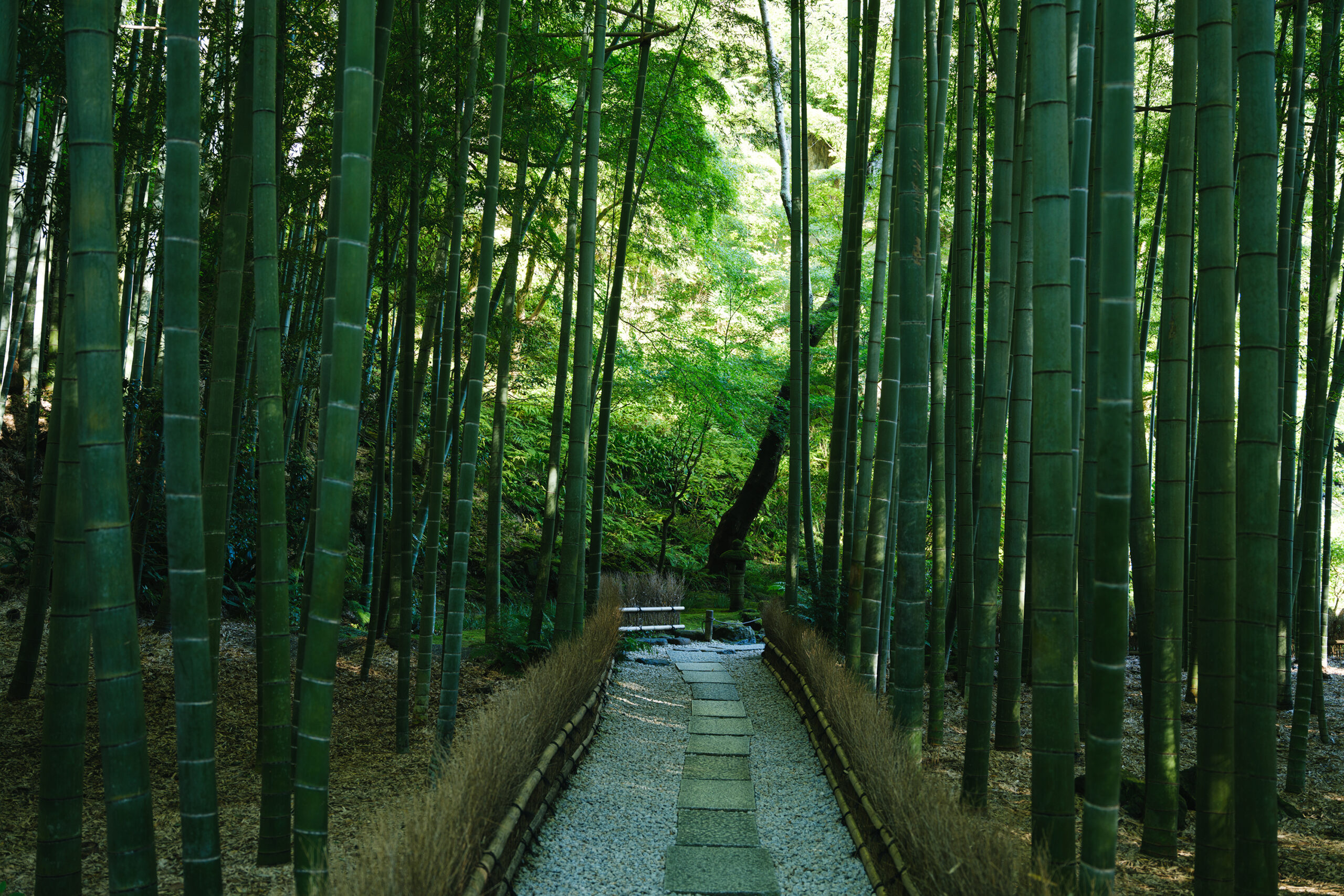
VOL.1-4
Update
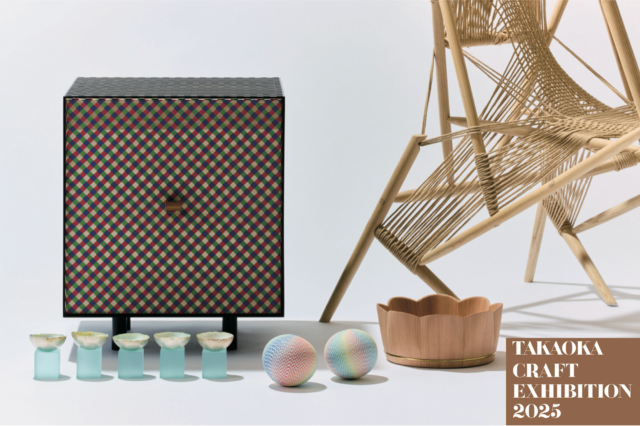
VOL.1-51
Update

VOL.1-23
Update

VOL.1-25
Update
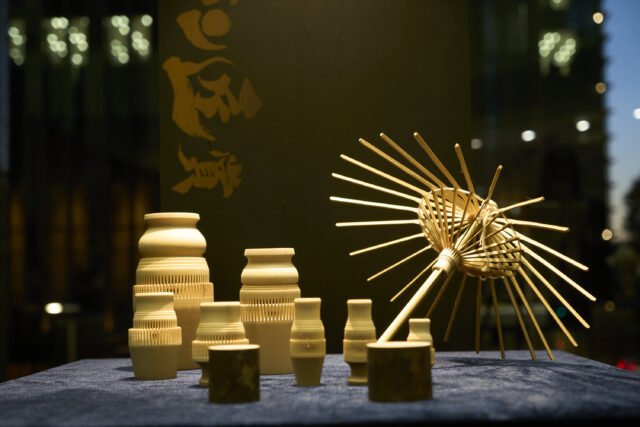
VOL.1-27
Update
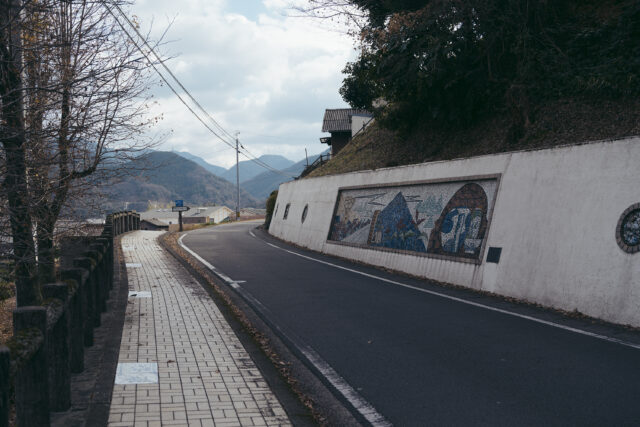
VOL.1-4
Update
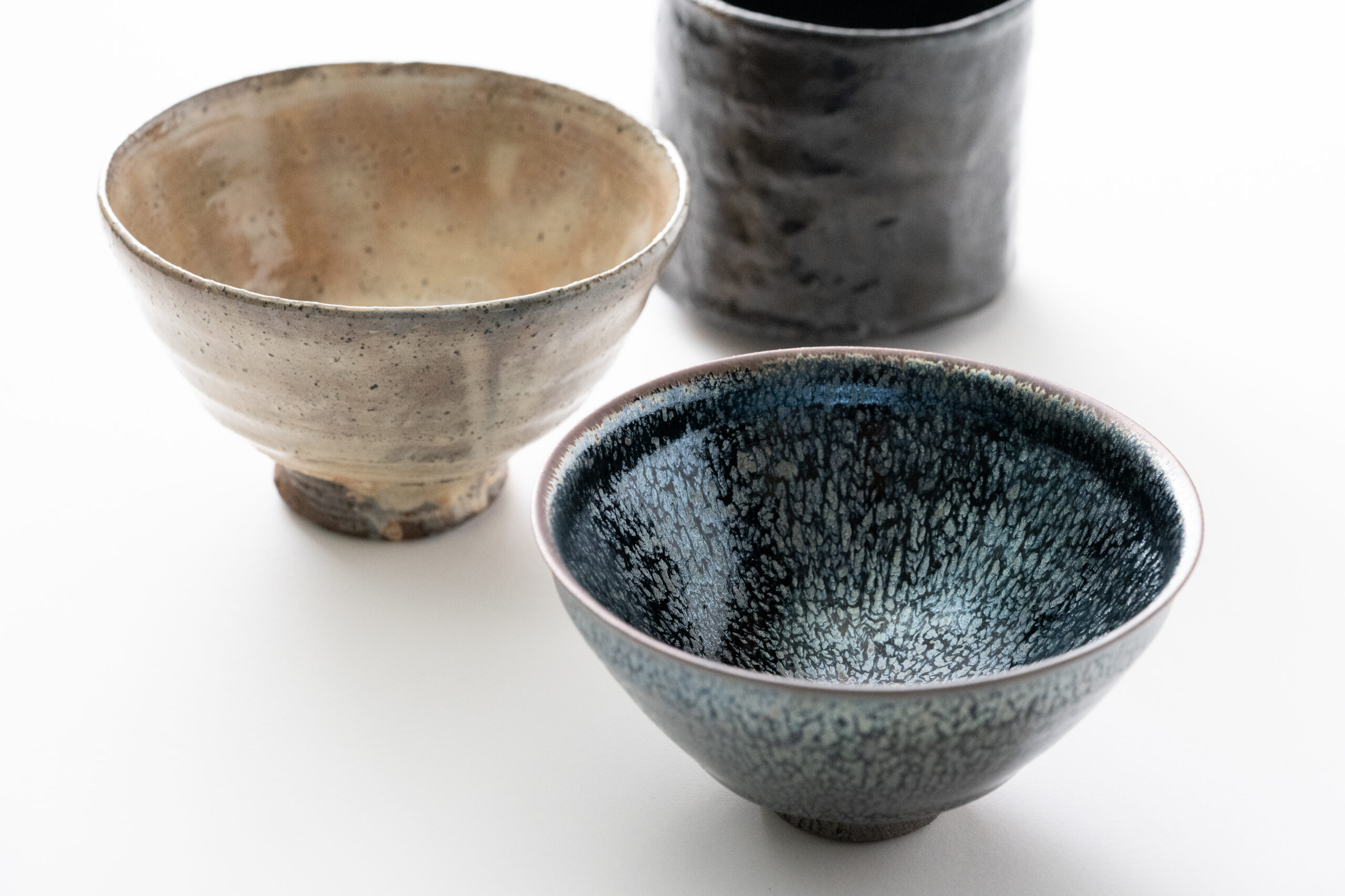
VOL.1-3
Update
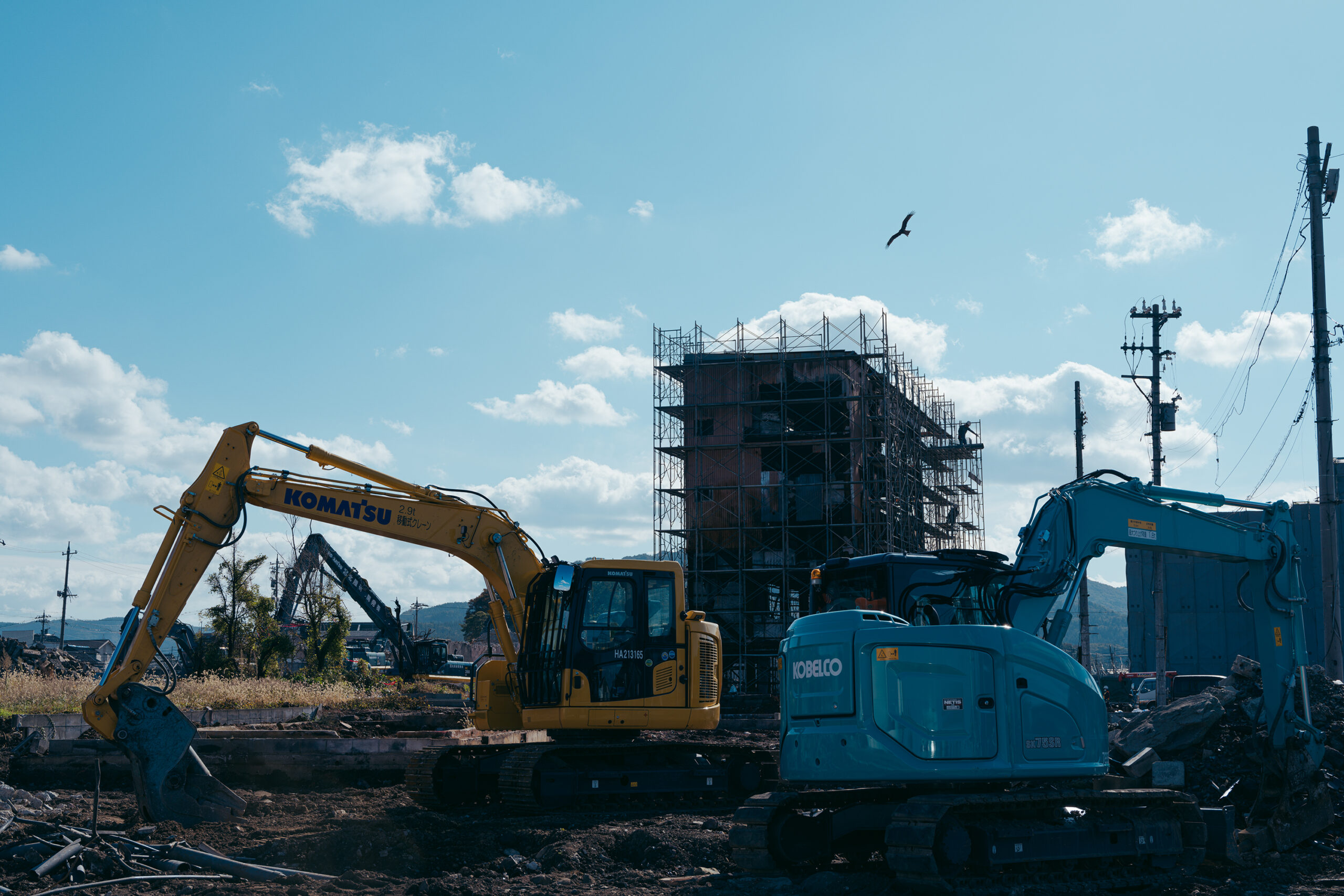
VOL.1
Update
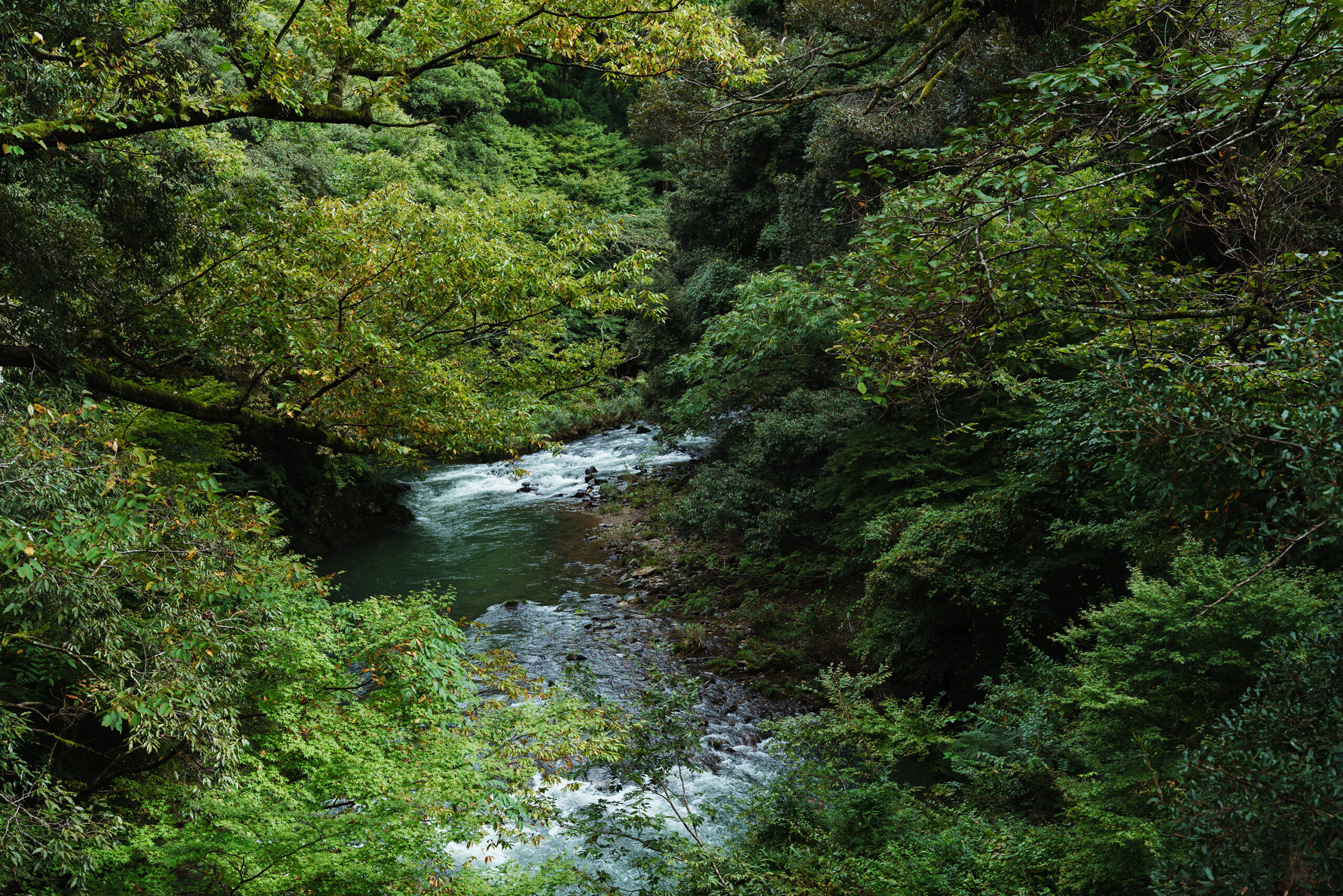
VOL.1-7
Update
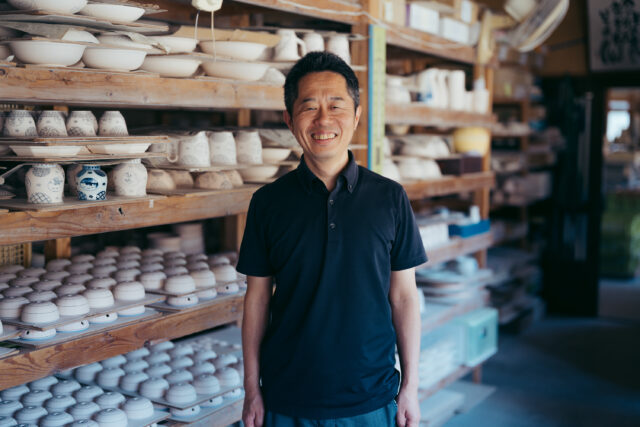
VOL.1-32
Update
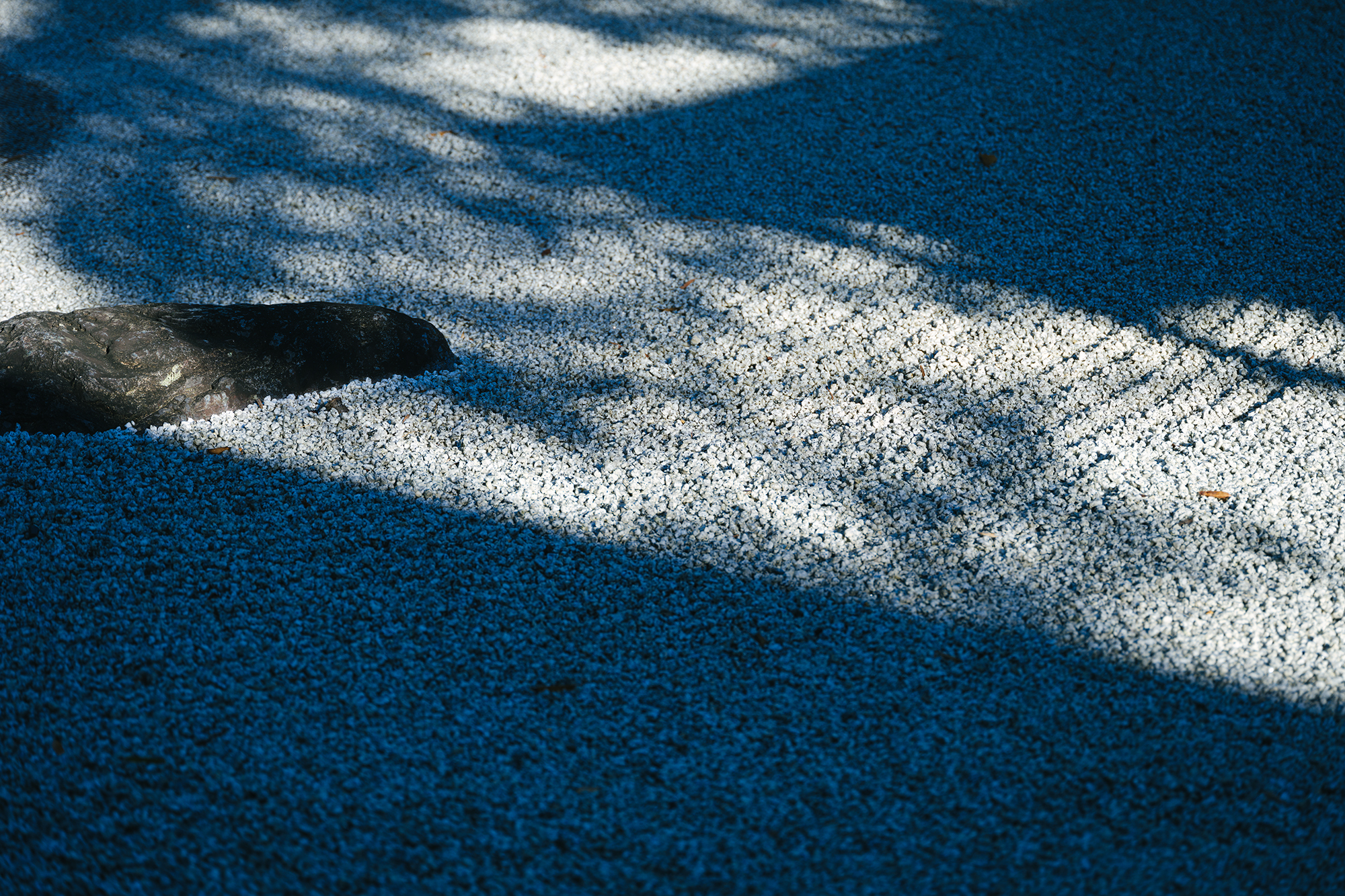
VOL.1-12
Update

VOL.1
Update
We share a variety of information and perspectives on Japanese crafts, including exhibition information and interviews.
Editor's Column “The Path of Japanese Crafts” Part2: Modern Society and Kogei VOL.4
Featured Exhibitions & Events VOL.51
New Products VOL.23
KOGEI Topics VOL.25
Jan 4 – Mar 1, 2026
Midorigaoka Art Museum Annex
Jan 6 – Mar 10, 2026
The Japan Folk Crafts Museum
Jan 8 – Mar 22, 2026
TOGURI MUSEUM OF ART
Jan 14 – Jan 19, 2026
KAKIDEN GALLERY

Yu Nishioka is a ceramic artist fascinated by Mino ware, especially that of Ki-Seto of the Momoyama period (1573 – 1603), and challenging himself to reach that level of artistry. He has been uncompromising in pursuit of his vision, and is passionate in his devotion to finding the best soil in the mountains, using local raw materials, and diligently researching the best ashes for glazing and the best firing techniques.
His recently released new work, “Kokuko-de Ki-Seto Tea Bowl” is a unique style resulting from his attempt to fuse Ki-Seto and Raku ware. The Ki-Seto that Yu is aiming for is a very difficult one, characterized by a subdued luster called aburage-hada (literally, “fried tofu skin”), but the texture of this work, which looks as if it has been slowly baked and browned, is very tasteful. The black color that blurs the inside and outside of the bowl does not cancel out the gentle texture inherent to Ki-Seto, but rather complements it.
Since ancient times, the black fox has been a symbol of peace in Japan, its appearance heralding the coming of the peaceful world. The artist named this tea bowl “Kokuko-de,” or “Black fox style,” to honor the elements of Raku ware and its appearance. It carries a deep prayer for peace.